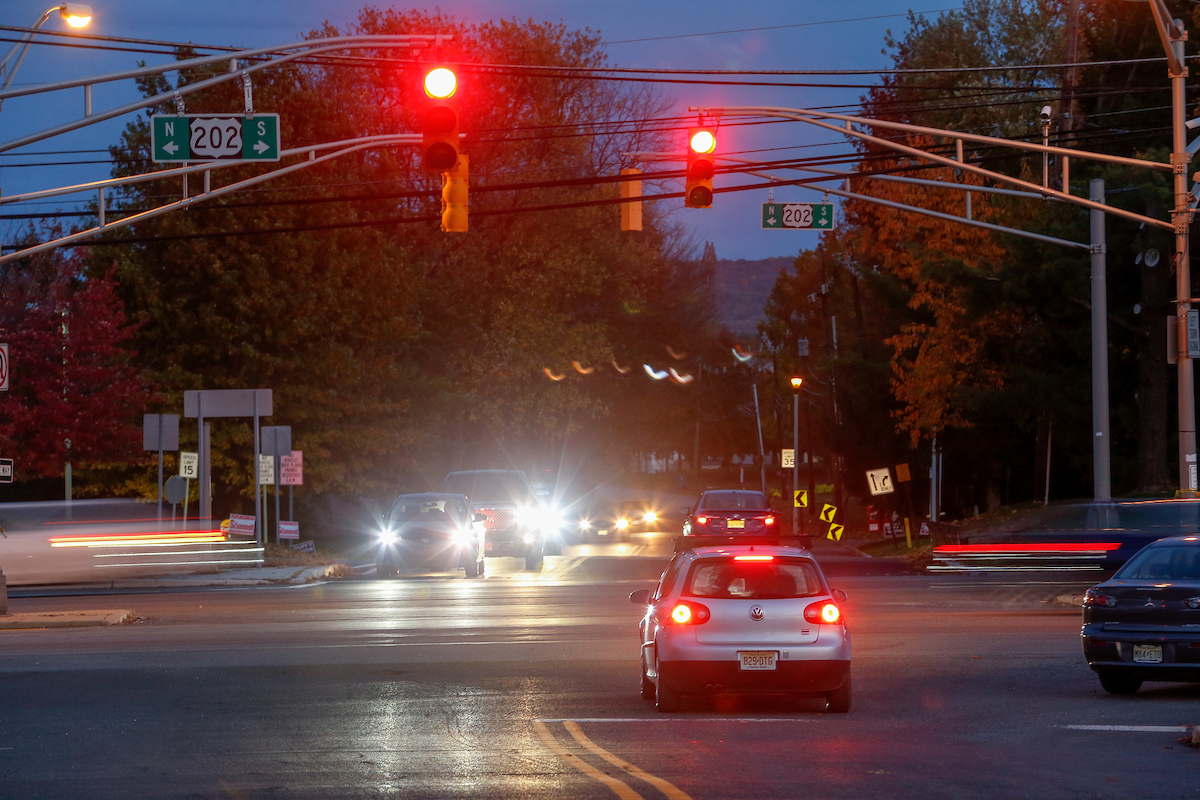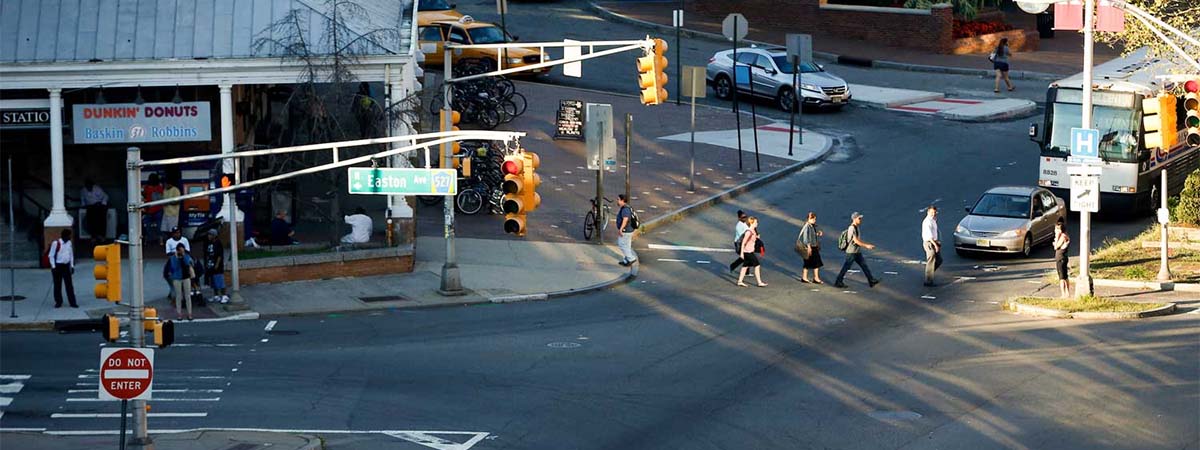Monday, October 28, 2024
Avoid Drowsy Driving When Daylight Saving Time Ends

The end of Daylight Saving Time comes early Sunday morning - hooray, that means an extra hour of sleep this weekend. Not only does that mean changes to your sleeping patterns, it also means a darker commute on your way home - both factors that could impact your driving habits.
The National Highway Traffic Safety Administration (NHTSA) estimates that there were 693 deaths from drowsy-driving-related crashes in 2022 (up from 684 the previous year), the most recent year available. Drowsy-driving crashes occur most frequently between midnight and 6 a.m. or in the late afternoon, according to the NHTSA. Both times are when people experience dips in the body's internal clock that regulates sleep - often referred to as one's circadian rhythm. Crashes, which frequently occur on rural roads and highways, often involve only a single driver running off the road at a high speed with no evidence of braking.
Each year, the National Sleep Foundation designates Drowsy Driving Prevention Week as the week following the end of Daylight Saving Time (Nov. 4-8 this year). The goal of this annual campaign is to reduce the number of drivers who drive while sleep deprived.
Drowsy driving is sometimes compared to drunk driving. Why? Because loss of sleep can affect reaction time, in much the same way that alcohol does. Keep safety in mind when you're behind the wheel this month by following some of these suggestions:
- Avoid distractions and be extra alert when driving, especially at dusk and in the dark
- Come to a full stop before reaching a crosswalk or intersection and look for people trying to cross before proceeding.
- Slow down for safety. If a crash occurs, it’s less likely to be fatal when cars are travelling at slower speeds. It’s also easier to quickly stop a moving vehicle when it’s traveling at a slower speed.
Additional Resources
